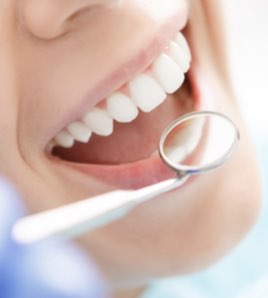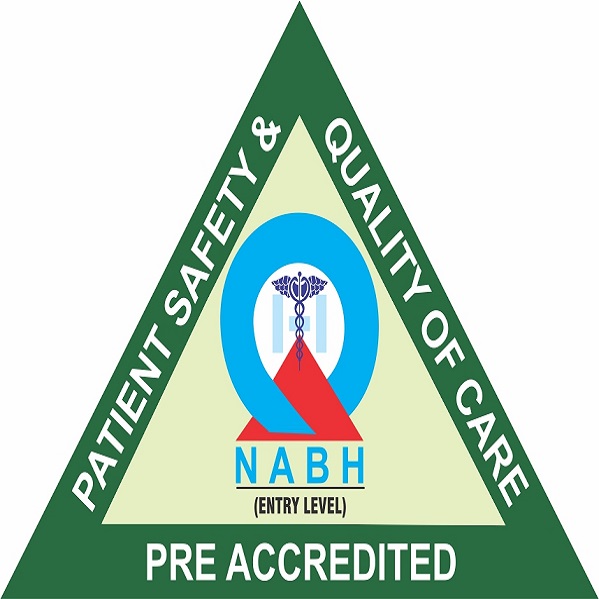Speech is how we say sounds and words. Individuals with speech issues may not say sounds clearly, have a hoarse or rough voice, and rehash sounds or pause when speaking, called stuttering. Children and adults can have speech and language disorders. In this disorder Speech-language pathologists, or SLPs, can help. Speech disorders can influence how an individual creates sounds to form words. Certain voice disorders may likewise be viewed as speech disorders. Quite possibly the most usually experienced speech disorder is stuttering. Other speech disorders include:
- Childhood apraxia of speech
With childhood apraxia of speech, a child experiences difficulty making precise developments when speaking. It happens because the mind experiences issues organizing the developments.
- 2. Orofacial myofunctional disorders
Children, youngsters, and adults may experience the abnormal effects of these strange development examples of the face and mouth. They happen because of strange development and improvement of facial muscles and bones, the reason for which is unclear. People with orofacial myofunctional disorders may experience difficulty eating, talking, breathing through the nose, gulping, or drinking.
- Speech sound disorders/articulation disorders
Particularly normal in young children, articulation disorders depend on the inability to shape certain sounds. All things considered, certain words and sounds might be contorted, for example, making the “th” sound instead of an “s” sound.

- Stuttering and other fluency disorders
Stuttering can arrive in various structures, including “blocks” described by long stops, “prolongations” portrayed by loosening up a sound, and “repetitions” described by rehashing a specific sound in a word. Stuttering isn’t generally a constant, and it tends to be exacerbated by anxiety or excitement.
- Receptive disorders
Receptive disorders are portrayed by inconvenience understanding and handling what others say, raising a trouble following bearings, or a restricted vocabulary. Disorders, for example, autism can prompt receptive disorders.
- autism-related speech disorders
Communication concerns are one part of autism spectrum disorder, which includes difficulties with social abilities and repetitive practices. A person with autism may experience issues understanding and utilizing words, learning to peruse or compose, or having discussions.
The manifestations of a speech disorder:
Contingent upon the reason for the speech disorders, a few manifestations might be available. Basic manifestations experienced by individuals with speech disorders are:
- repeating sounds, which is regularly found in individuals who stutter
- adding additional sounds and words
- elongating words
- making jerky developments while talking, typically including the head
- blinking a few times while talking
- visible dissatisfaction when attempting to speak






